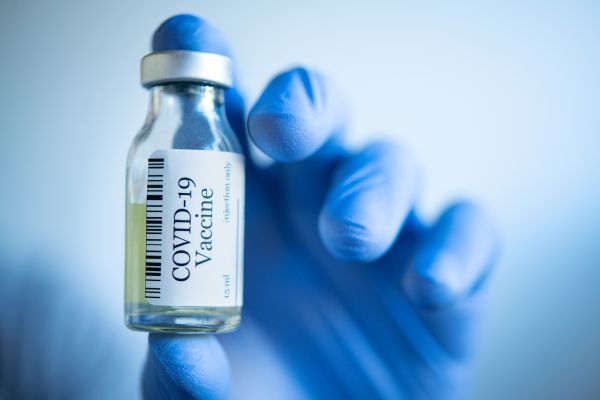Painter, et al. (2021) report on key demographic characteristics of individuals who were vaccinated with the (Pfizer-
BioNTech and Moderna vaccines during the COVID-19 vaccination roll-out in the U.S. in December 2020 and January 2021.
Because of limited initial vaccine supply, the Advisory Committee on Immunization Practices (ACIP) prioritized vaccination of healthcare personnel and residents and staff members of long-term care facilities (LTCF) during the first phase of the U.S. COVID-19 vaccination program. Both vaccines require two doses to complete the series. Data on vaccines administered from Dec. 14, 2020 through Jan. 14, 2021, and reported to CDC by Jan. 26, 2021, were analyzed to describe demographic characteristics, including sex, age, and race/ethnicity, of persons who received more than one dose of COVID-19 vaccine.
The authors of the MMWR report say that during this period, 12,928,749 persons in the United States in 64 jurisdictions and five federal entities initiated COVID-19 vaccination.
Among persons who received the first vaccine dose and had reported demographic data, 63.0% were women, 55.0% were aged ≥50 years, and 60.4% were non-Hispanic White (White).
Among 12,924,116 (99.9%) persons whose age was known, 55.0% were aged ≥50 years, 16.8% were aged 40–49 years, and 28.2.% were aged 18–39 years. Among 6,706,697 (51.9%) persons whose race/ethnicity was known, 60.4% were White and 39.6% represented racial and ethnic minorities, including 14.4% categorized as multiple or other race/ethnicity, 11.5% Hispanic/Latino, 6.0% Asian, 5.4% Black, 2.0% AI/AN, and 0.3% NH/PI. Race/ethnicity was unknown or not reported for 6,222,052 (48.1%) persons initiating vaccination.
As the authors note, "Interpretation of data from the analysis of COVID-19 vaccination initiation is limited by the high percentage of records with unknown or missing race/ethnicity information and the unknown proportions of priority groups (healthcare personnel versus LTCF residents) among early vaccine recipients. Differences in how race and ethnicity data are collected and categorized, for example 14.4% of persons initiating vaccination reported as multiple or other race/ethnicity, also make comparisons difficult. The percentage of persons initiating vaccination who were Black appears lower relative to the percentage of persons who are Black among healthcare personnel and LTCF residents. Overall, 39.6% of persons who were vaccinated represented racial and ethnic minorities. Because persons who are Black, AI/AN, or Hispanic have been found to have more severe outcomes from COVID-19 than persons who are White, careful monitoring of vaccination by race/ethnicity is critical."
The investigators add, "Although these data reflect characteristics of persons initiating vaccination during the initial phase of the U.S. COVID-19 vaccination program and have several limitations, the findings underscore the need for more complete reporting of race and ethnicity data at the provider and jurisdictional levels to ensure rapid detection of and response to potential disparities in COVID-19 vaccine administration."
Reference: Painter EM, Ussery EN, et al. Demographic Characteristics of Persons Vaccinated During the First Month of the COVID-19 Vaccination Program — United States, December 14, 2020–January 14, 2021. MMWR. Vol. 70, No. 5. Feb. 5, 2021.

Be the first to comment on "Investigators Report on Demographic Characteristics of Persons Vaccinated During the First Month of the COVID-19 Vaccination Program"